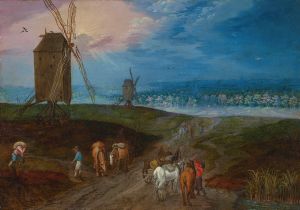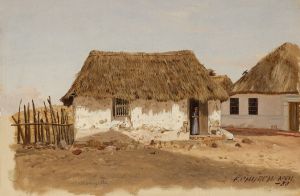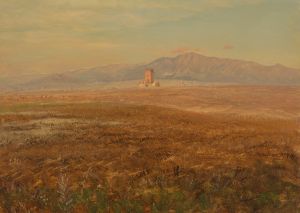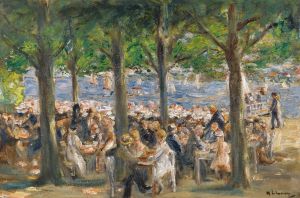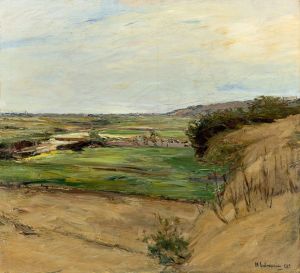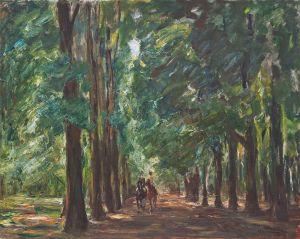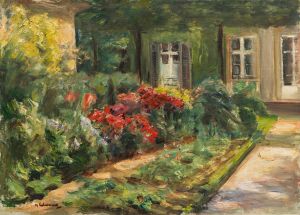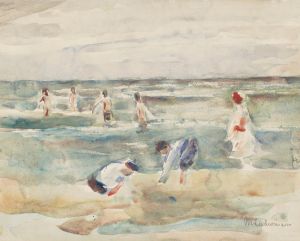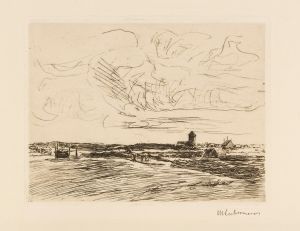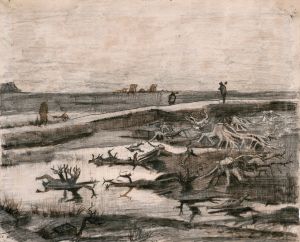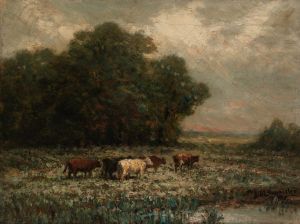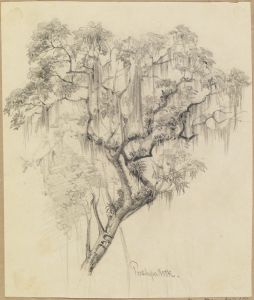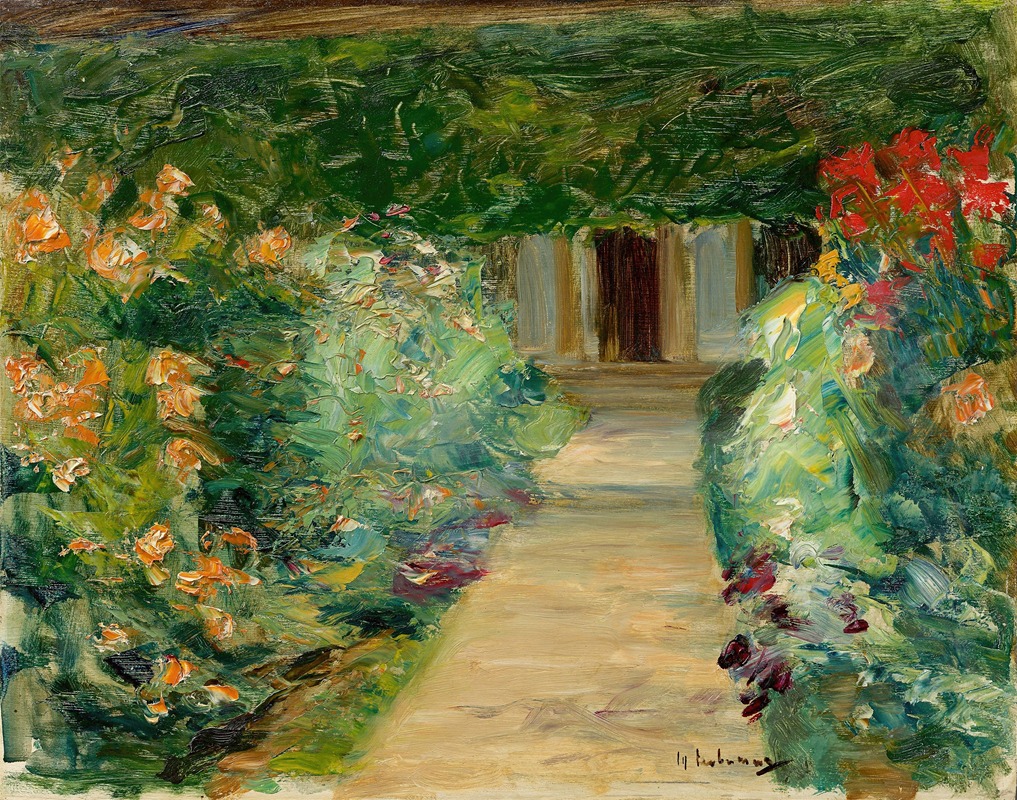
Der Nutzgarten in Wannsee nach Osten
A hand-painted replica of Max Liebermann’s masterpiece Der Nutzgarten in Wannsee nach Osten, meticulously crafted by professional artists to capture the true essence of the original. Each piece is created with museum-quality canvas and rare mineral pigments, carefully painted by experienced artists with delicate brushstrokes and rich, layered colors to perfectly recreate the texture of the original artwork. Unlike machine-printed reproductions, this hand-painted version brings the painting to life, infused with the artist’s emotions and skill in every stroke. Whether for personal collection or home decoration, it instantly elevates the artistic atmosphere of any space.
"Der Nutzgarten in Wannsee nach Osten" (The Vegetable Garden in Wannsee, Facing East) is a painting by the German Impressionist artist Max Liebermann. Created in 1917, this artwork is one of many that Liebermann painted during his later years, inspired by the garden of his summer residence in Wannsee, a suburb of Berlin. The painting exemplifies Liebermann's fascination with light, nature, and the interplay of colors, which are hallmarks of his Impressionist style.
The painting depicts a meticulously maintained vegetable garden, with rows of plants stretching into the distance. The perspective leads the viewer's eye toward the horizon, where trees and open sky create a serene backdrop. The composition is characterized by its structured yet natural arrangement, reflecting Liebermann's appreciation for the harmony between human cultivation and the natural world. The soft, diffused light in the painting captures the atmosphere of a calm day, emphasizing the lush greenery and the textures of the garden.
Max Liebermann purchased his villa in Wannsee in 1909 and spent much of his time there, particularly after retiring from his role as president of the Prussian Academy of Arts in 1932. The villa's garden became a central theme in his work, serving as both a personal retreat and a source of artistic inspiration. Liebermann designed the garden in collaboration with landscape architect Alfred Lichtwark, creating a space that combined formal garden elements with naturalistic features. This setting provided Liebermann with a wealth of subjects for his paintings, including flower beds, pathways, and vegetable plots, as seen in "Der Nutzgarten in Wannsee nach Osten."
The painting reflects Liebermann's mature style, which was influenced by French Impressionism but also retained elements of German Realism. His use of loose brushstrokes and a light color palette conveys a sense of immediacy and vitality, while the structured composition demonstrates his keen observational skills and attention to detail.
Today, Max Liebermann is regarded as one of Germany's most important Impressionist painters. His works, including "Der Nutzgarten in Wannsee nach Osten," are celebrated for their ability to capture the beauty of everyday life and the tranquility of nature. The Liebermann Villa in Wannsee has been preserved as a museum, where visitors can view many of his paintings and explore the garden that inspired them.





